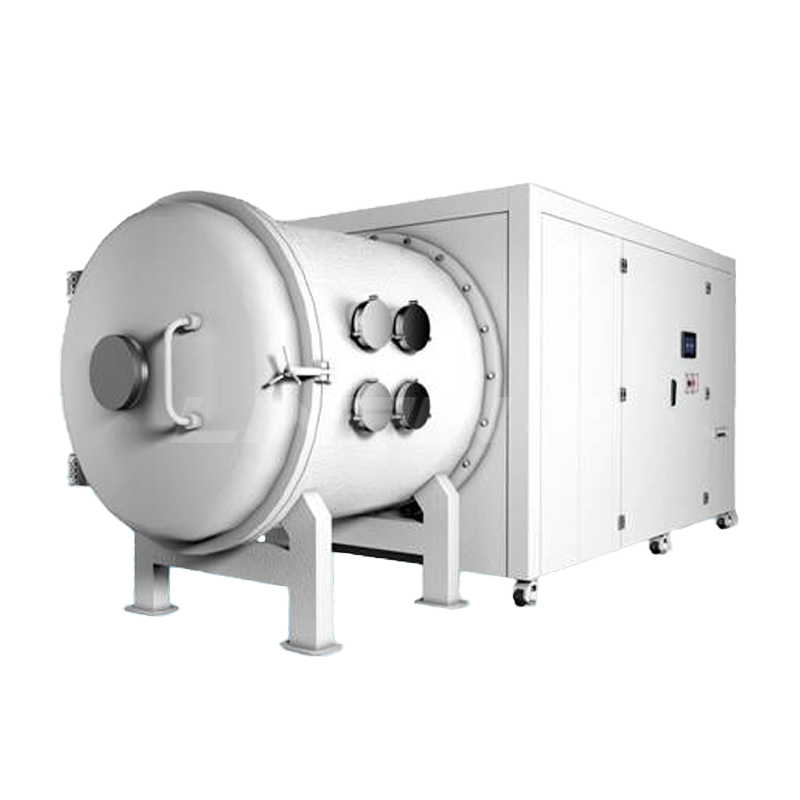A thermal vacuum chamber is a commonly used experimental device in scientific research and engineering fields. It can simulate high-temperature and vacuum environments to test the performance of materials and equipment under extreme conditions. Here’s what you need to know about thermal vacuum chambers:
-
Working Principle:
The thermal vacuum chamber primarily operates through the coordination of heating and vacuum systems. The chamber is equipped with a heating system, typically using electric heaters or heat pipe technology, to provide a high-temperature environment. At the same time, it includes a vacuum pump and vacuum chamber to extract air and achieve the desired vacuum level. -
Temperature Control:
The chamber is fitted with temperature sensors and controllers. The sensors monitor real-time temperature changes inside the chamber and feed the data back to the controller. Based on preset temperature parameters, the controller automatically adjusts the heating system to regulate the internal temperature.

-
Vacuum Control:
The vacuum system inside the chamber, consisting of a vacuum pump and vacuum chamber, controls the vacuum level. The pump extracts air to create a vacuum environment, while the vacuum chamber helps maintain this vacuum and provides a sealed space to prevent external gas intrusion. -
Applications:
Thermal vacuum chambers are widely used in many fields. For example:- Materials Research: Testing thermal expansion properties, heat resistance, etc.
- Aerospace: Simulating space environments to evaluate the performance and reliability of spacecraft components.
- Electronics Manufacturing: Assessing how electronic components function under high-temperature and vacuum conditions.
Thermal vacuum chambers are highly valuable devices for simulating extreme environments and testing material and equipment performance. Their operation relies on the combined control of heating and vacuum systems to regulate temperature and vacuum levels. By using these chambers, researchers and engineers can better understand how materials and devices behave under harsh conditions, optimize design and manufacturing processes, and ultimately improve product quality and reliability.












